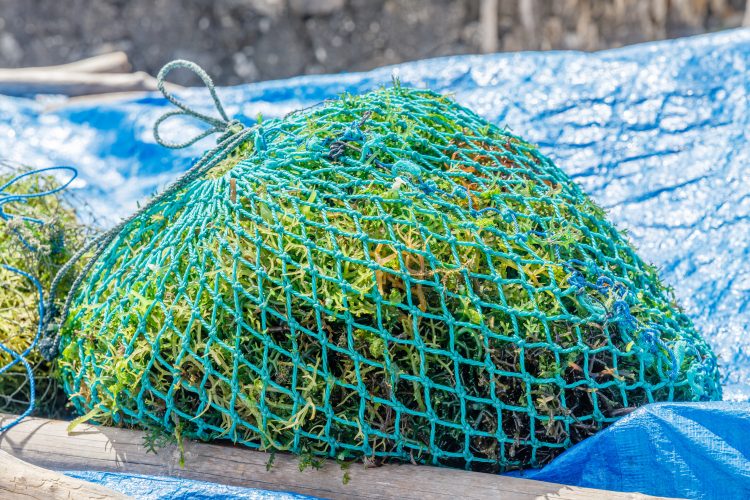How can seaweed farming help tackle global food insecurity?
- Like
- Digg
- Del
- Tumblr
- VKontakte
- Buffer
- Love This
- Odnoklassniki
- Meneame
- Blogger
- Amazon
- Yahoo Mail
- Gmail
- AOL
- Newsvine
- HackerNews
- Evernote
- MySpace
- Mail.ru
- Viadeo
- Line
- Comments
- Yummly
- SMS
- Viber
- Telegram
- Subscribe
- Skype
- Facebook Messenger
- Kakao
- LiveJournal
- Yammer
- Edgar
- Fintel
- Mix
- Instapaper
- Copy Link
Posted: 12 June 2023 | Grace Galler | No comments yet
According to researchers, some farmers could shift their focus from land to sea to combat hunger, malnutrition and climate change.


According to a study carried out by researchers at the Friedman School, Tufts University, seaweed farming may help to tackle global food insecurity.
The researchers claim that seaweed, as well as being a “sustainable superfood”, has “significant income-boosting potential”.
The study was published in Global Food Security and found that producing and selling seaweed could boost incomes for farmers in low- and middle-income countries (LMICs), particularly in coastal regions of Africa and Southeast Asia.
Senior Author of the study, Patrick Webb, the Alexander McFarlane Professor of Nutrition at the Friedman School, explained: “One of the biggest problems of food insecurity in LMICs is the unaffordability of healthy diets.
“There are roughly 3.5 billion people in the world who can’t afford a healthy diet even if they choose local foods at local prices. For many of those people, cultivating and selling seaweed would lead to higher incomes and improved nutrition through purchases on the market.”
Also working on the study was Natalie Somers, N23, and Shakuntala Thilsted, who works for the Consultative Group on International Agriculture Research and won a 2021 World Food Prize for research and innovation in aquaculture and food systems.
The research team claim that seaweed cultivation is a “more sustainable alternative to raising livestock” and “could become particularly profitable as demand for nutrient-rich seaweed products grows around the world”.
“Those profits would mean more buying power for those households and communities who produce, process, package, and export the microalgae, which in turn would translate into healthier diets,” said the authors.
Seaweed has been grown in parts of Asia for centuries via “fairly simple techniques”, according to the study. Farmers attach long lines of rope to the roots of the algae, which nourish the plant by absorbing nutrients from the water. Fast forward six to eight weeks, farmers then gather the seaweed by hand and dry it in the sun.
“A lot of what we’re looking at on the farming side is not about finding new crops or different kinds of crops. It’s about what’s already being grown that could be scaled up cost-effectively,” continued Webb.
As well as being fairly easy to grow, the study team claim that seaweed has a “miniscule carbon footprint, and may even help lower the ocean’s carbon levels”. While little is known about how much CO2 is released by seaweed during harvest, research has found that perennial brown algae farms absorb up to ten tons of CO2 per hectare of sea surface per year.
What’s more, as well as its “carbon sinking” powers, when added to livestock feed, the researchers claim that seaweed could help “dramatically reduce” methane gas emissions.
“Unless we get significant warming of the oceans, cultivating seaweed offers a way that is not just climate friendly, but climate proof,” said Webb.
“We don’t know how soon the industry will start to experience the negative effects of climate change, but the potential looks good. By farming seaweed, it’s not going to accelerate those negative effects. Whereas cutting down trees and adding more livestock certainly would,” Webb concluded.
Related topics
Food Security, Health & Nutrition, Research & development, World Food








